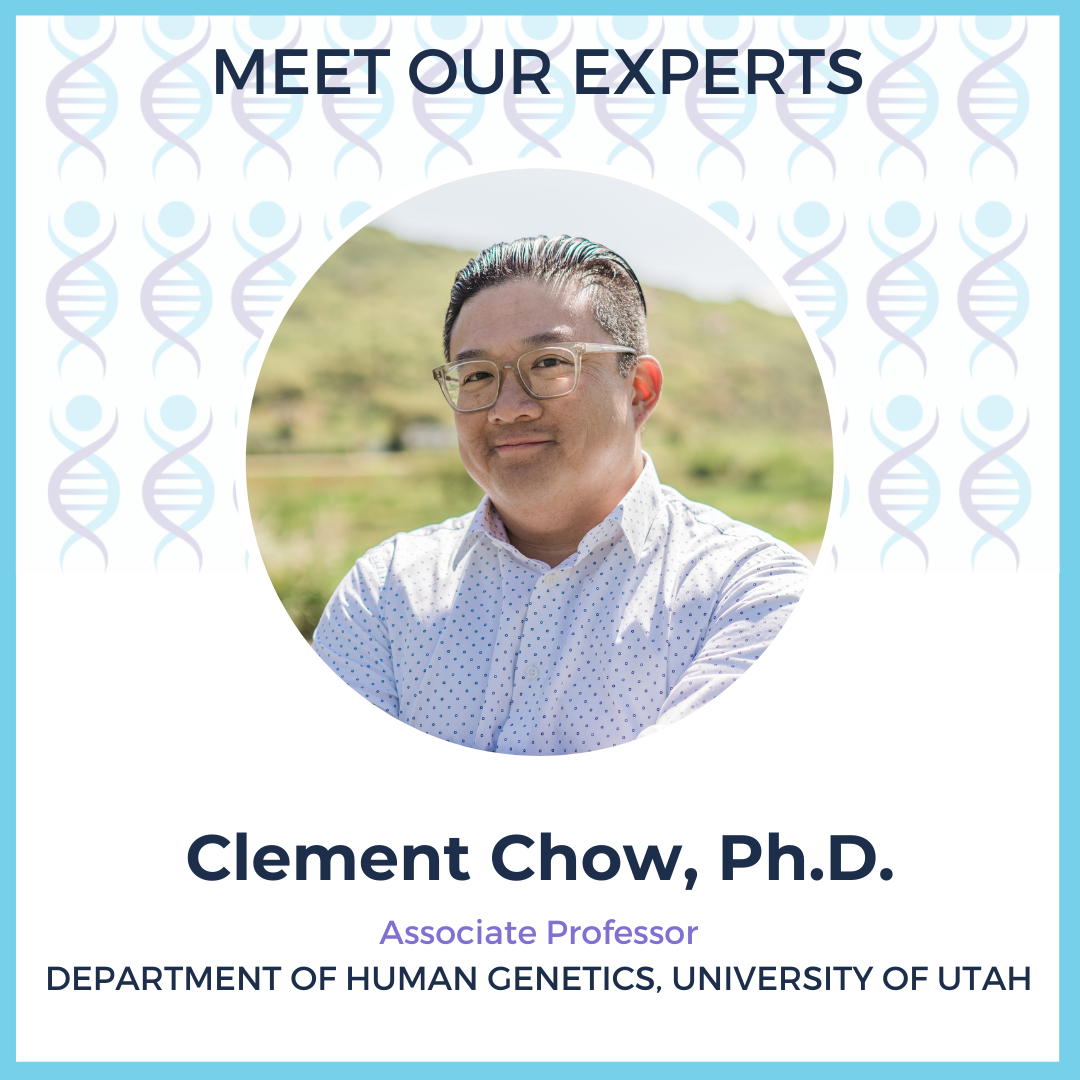When did you first decide you wanted to work with rare diseases? Please share what led to that decision.
As a college student, I did an internship with genetic counselors in a perinatology clinic (high-risk pregnancy). This experience helped me become interested in studying the causes of genetic disorders. In graduate school, I discovered a new form of Charcot Marie Tooth Disease and received a lot of input from the families. They made me realize that even just the discovery of why people are sick can have a huge benefit to their lives. My thesis work cemented my desire to make a real difference in rare diseases. The rest is history.
Tell us a little about any current/previous work with other rare diseases. For example, have you ever been a part of a team that has worked on gene therapy/other drug development initiatives before, or has brought a potential treatment to a clinical trial? What has been one of your most rewarding experiences?
My whole lab is focused on rare diseases. We study genetic modifiers of rare disease and perform drug repurposing screens. We partner with induvial families and foundations to identify potential FDA-approved molecules that may help individuals living with those rare diseases. My lab primarily focuses on Congenital Disorders of Glycosylation, but the families we work with span a number of different neurodevelopmental disorders. This drug repurposing effort has been incredibly rewarding. In at least one case, the identified drug is already being administered to the kids.
Why did you choose to work with the INADcure Foundation?
They sought me out through the CZI Rare as One initiative. INADcure is incredibly organized and determined and I thought that my expertise could further help the foundation move forward.
What recent breakthroughs have gotten you most excited for the future of rare disease?
The more recent attitude that we need to pursue all avenues from gene therapy to drug repurposing to see what works. I think that this openness will begin to be successful and we will see new therapies for all kids of rare diseases.
What is your favorite part of the work you do?
Working with rare disease families and foundations
What do you do to relax (or have fun)?
I love to go fishing in the Utah mountains. I also love to garden.
If you could have a lifetime supply of anything, what would it be?
Sour Patch Kids
Last (or Best) book read?
Crying in H Mart by Michelle Zauner
If you could have one superpower, what would it be?
Pausing time

